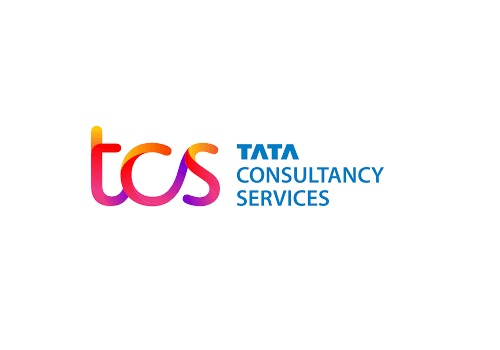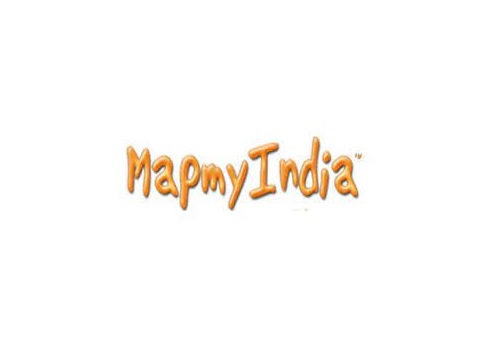IT Sector Update : 2QFY26 review: Stabilization phase by Kotak Institutional Equities

2QFY26 review: Stabilization phase
Results of IT companies indicate demand trends are stabilizing, with fewer program cancellations and easing headwinds across select sectors. The deal momentum remains steady, skewed toward cost optimization. AI adoption is accelerating, with vendors announcing clear strategies—mid-tier players stand out for better incentive alignment to capture this wave. We have increased earnings estimates by 0-3%, aided by currency-driven margin resilience. The setup for FY2027 holds promise. Our top picks are TCS, Infosys, TechM, Coforge and HEXW.
Steadying demand—BFSI shines, retail under pressure
This was one of the few quarters where every company grew sequentially, although it would take a couple more quarters to translate into accelerating yoy demand. Financial services was the bright spark, growing at 6.2% yoy for the big five IT companies. Retail slowed down and even declined on a yoy comparison. The underlying nature of demand is still cost take-out-driven.
Guidance—positive signals amid cost-focused growth
Several firms raised guidance at the midpoint (HCLT for services business, Infosys), while others lifted the upper band (CTSH, Capgemini); see Exhibit 14. Although the upgrades are modest, they underscore cost take-out-driven growth and mark a reassuring shift after repeated cuts in prior quarters. Encouragingly, some companies report that clients in impacted verticals are moving forward with decisions, an early sign of demand recovery.
EBIT margins—INR depreciation to the rescue
EBIT margins surprised positively, partly due to INR depreciation of 3% in the quarter. Most companies beat our margin estimates by 30-90 bps. However, the underlying pressure points exist. Companies have managed to protect margins during weak demand phases through efficiency measures, wage deferrals and cost controls; the levers appear largely exhausted after nearly three years of subdued demand. Large cost take-out deals are inherently margin-dilutive, and a recovery in discretionary spending or further INR depreciation is essential to offset this headwind.
Mid-tier outperforms, once again
Mid-tier companies outperformed their larger peers on revenue growth, a trend that could persist. The quality of growth was healthy, as evidenced by a good beat at the margin level. Positioned in a sweet spot, these players combine sharper execution, agile GTM strategies, creative deal constructs and tailwinds from favorable tech trends, setting them up for sustained success.
Valuations are attractive
Tier 1 and mid-tier IT both trade at 1-year forward PE multiple approaching the last 10-year and last 5-year averages, respectively. Valuations for Tier 1 IT have declined to a level where FCF and dividend yield start to get attractive. Mid-tier continues to trade at premium valuations with growth potential, justifying the same for some such as Coforge and Hexaware.
We recognize the risk of narrative spin in the sector. After three years of muted growth, frustration is evident in multiple derating. The prevailing belief, IT Services firms are ‘AI losers’, overlooks the bigger culprits: macro uncertainty and client captive shifts. Recovery in discretionary spending is therefore pivotal to dispel fears of structural decline.
Consider this scenario: A rebound in spending driving 200-300 bps industry growth acceleration would reaffirm the strength of the model and unlock meaningful stock upside. Conversely, another weak year in FY2027 could cement the perception, however inaccurate, that IT Services face structural headwinds.
Within this construct, challengers are better-positioned than incumbents. We like Coforge and HEXW. We also like TechM, which is a challenger in the non-telecom portfolio of business. Infosys is executing well and a key pick among incumbents. TCS valuations have become compelling as well.
TCV—underwhelming
Deal TCVs were steady after a strong June quarter. Growth in the quarter was driven by execution of deals won in the earlier quarters. Book to bill ratio moderated, as a result. The sector has a few mega-deals that are both consolidation based as well as net new. A few consolidation deals involve replacing one vendor with another. In such cases, the client is the net beneficiary, not the industry. Consolidation deals are typically price-sensitive and margin-dilutive in the initial phases.
Please refer disclaimer at https://www.kotaksecurities.com/disclaimer
SEBI Registration No. INZ000200137

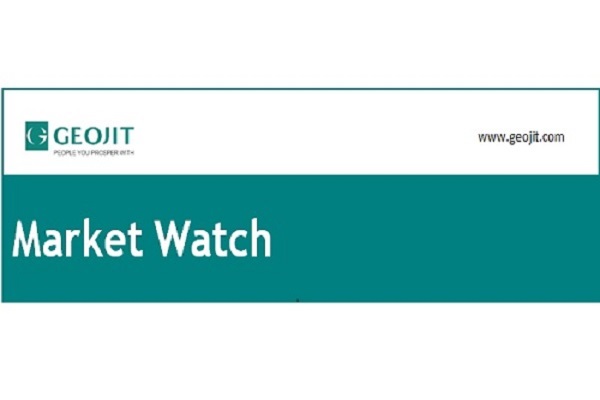

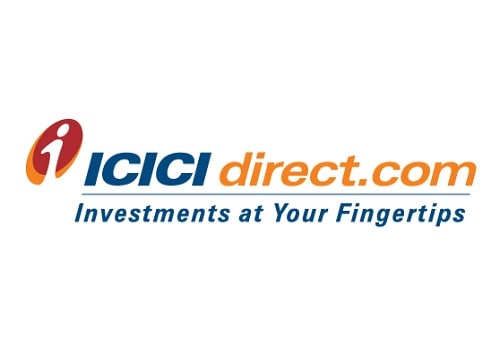
.jpg)
.jpg)

.jpg)

.jpg)
More News

Life Insurance Sector Update : Weak performance on high base By Elara Capital Ltd







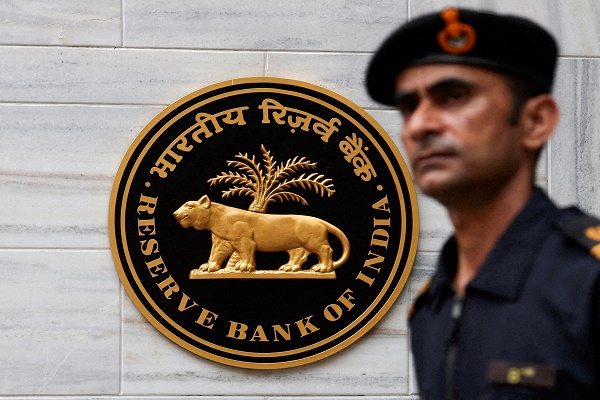


 Ltd.jpg)
